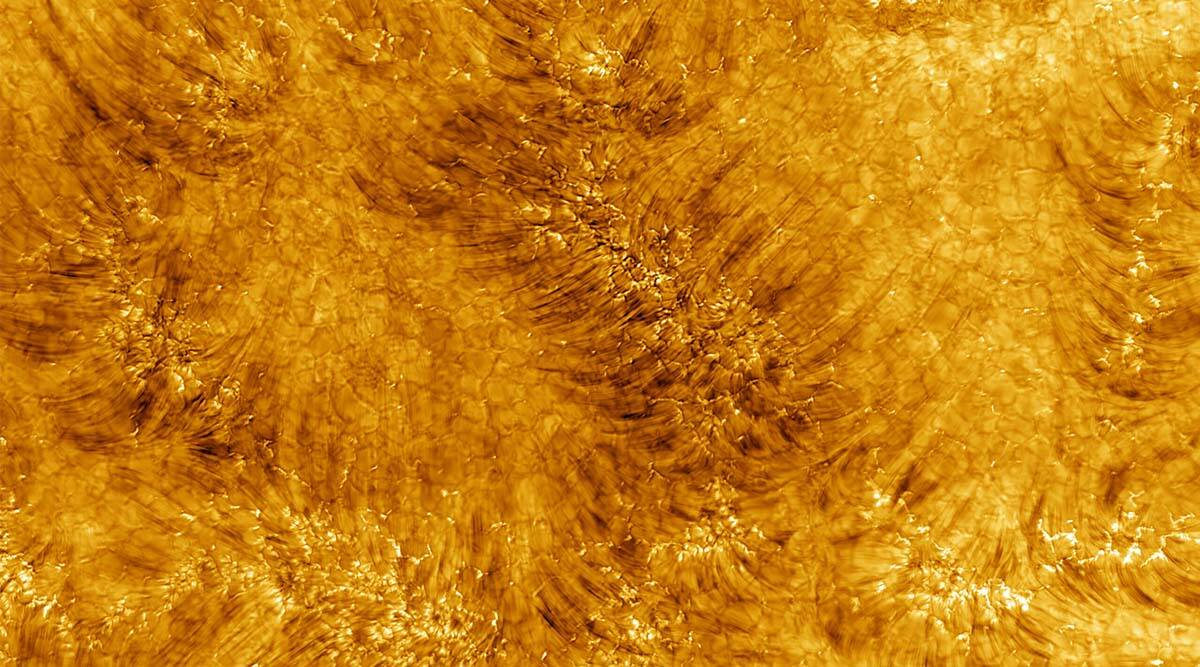
Inouye Telescope shows the sun like we have never seen it before
- by acbconcept
New National Science Foundation (NSF) New Daniel K Inouye Solar in Haleakala Observatory on Hawaii Maui Island has completed almost a year of operation. But the telescope has proven its value by capturing a solar image with very beautiful details. According to NSF, Surya Inouye telescope is the most powerful solar telescope in the world. The sun chromosphere drawn taken by the telescope has a resolution of 18 kilometers and captures the area which is 82,500 kilometers. Chromosphere is the second of the three main layers in the sun’s atmosphere. Located above Photosphere and under the transition area of the Sun and Corona.
“NSF’s Inouye Solar Telescope is the most powerful solar telescope in the world that will forever change the way we explore and understand our sun. His insight will change how our nation, and this planet, predicts and prepares events such as solar storms, “said NSF Director, Sethuraman Panchanathan, in a press statement. According to Science Alert, what looks like a thorough in the carpet making love in the real picture is a fiery plasma –api that flows into the sun’s corona. Material lumps are granules and width of about 1,600 kilometers.
The solar chromosphere is usually not visible mostly and can only be seen during a total solar eclipse when appearing as a red rim around the defeated star. But this has changed thanks to the advancement of imaging technology. According to NSF, Surya Inouye telescope will write the following chapters from the research of the Sun Physics during the planned 50-year trip, where he helps scientists better understand the sun, magnetic behavior and their influence on our planet.
New National Science Foundation (NSF) New Daniel K Inouye Solar in Haleakala Observatory on Hawaii Maui Island has completed almost a year of operation. But the telescope has proven its value by capturing a solar image with very beautiful details. According to NSF, Surya Inouye telescope is the most powerful solar telescope in the world.…
